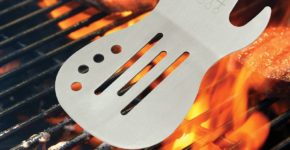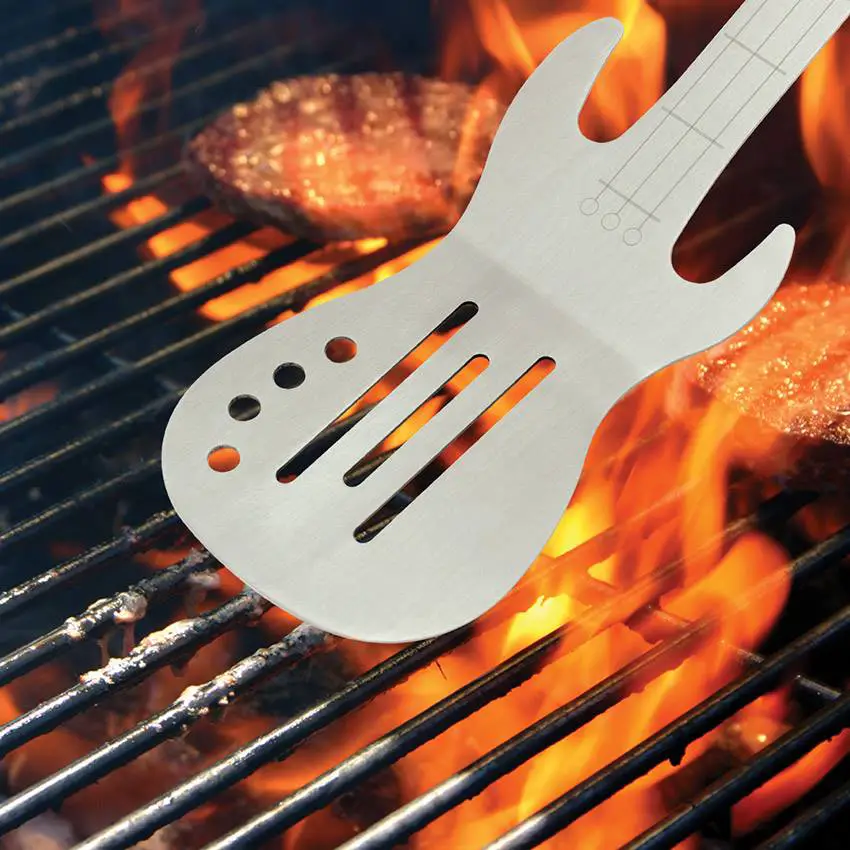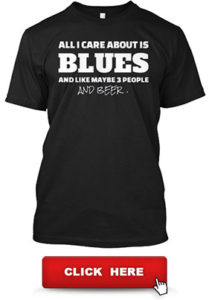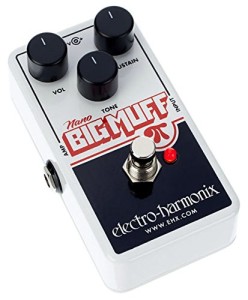Introduction
The blues is more than just a music genre; it’s a feeling, an expression, and a style that has shaped modern music for decades. To capture the essence of the blues, guitarists often look for instruments with rich tonal qualities, expressive playability, and a heritage rooted in the same traditions as the genre itself. In this article, we’ll explore six of the best guitars for playing blues music and break down what makes them particularly suited for creating those iconic, emotive sounds.
1. Fender Stratocaster
Why It’s Great for Blues:
- Iconic Sound: The Stratocaster’s three single-coil pickups produce the bright, articulate, and quacky tones that blues legends like Stevie Ray Vaughan and Eric Clapton helped popularize.
- Comfortable Body Shape: The contoured body and double-cutaway design make playing leads and bending notes effortless.
- Versatility: With a 5-way pickup selector switch, you can dial in everything from warm neck pickup tones to biting bridge pickup leads.
Pro Tip: Experiment with the middle+bridge pickup combo to get a classic blues twang, especially when paired with a tube amp set to a mildly overdriven tone.
2. Gibson Les Paul
Why It’s Great for Blues:
- Warm, Full Tone: The Les Paul’s humbucker pickups deliver a thicker, rounder sound compared to single-coils. This warmth is perfect for soulful blues solos and chunky rhythm sections.
- Sustain for Days: Thanks to its mahogany body, set neck design, and humbuckers, the Les Paul is known for its impressive sustain—ideal for those long, emotive bends.
- Classic Look and Feel: The Les Paul design has remained virtually unchanged for decades, making it a mainstay in blues, rock, and beyond.
Pro Tip: Roll back the tone knob slightly for a smooth, mellow lead sound that’s perfect for slow blues jams.
3. Gibson ES-335
Why It’s Great for Blues:
- Semi-Hollow Sweetness: The ES-335’s semi-hollow body design adds a woody, resonant character that’s particularly appealing for blues and jazz players.
- Smooth Tonal Range: The humbuckers provide a balanced tone, while the semi-hollow construction offers an airy quality that sets the ES-335 apart from solid-body guitars.
- Vintage Vibe: Think of B.B. King’s “Lucille” and Chuck Berry’s red ES-335. This guitar has a deep-rooted legacy in blues history.
Pro Tip: Watch your volume and gain to avoid unwanted feedback; however, controlled feedback can add character and expressiveness to a blues performance when used tastefully.
4. Epiphone Dot
Why It’s Great for Blues:
- Affordable Semi-Hollow Alternative: Modeled after the Gibson ES-335, the Epiphone Dot offers similar tone characteristics at a more budget-friendly price point.
- Great for Beginners and Pros Alike: It’s an excellent gateway into the world of semi-hollow guitars, suitable for both casual players and gigging musicians.
- Warm Tonality: The Dot’s humbuckers and semi-hollow design deliver a smooth, rich sound, ideal for clean blues chords or gritty overdriven licks.
Pro Tip: Pair the Epiphone Dot with a low-gain overdrive pedal to highlight its warm, resonant character without losing clarity.
5. Fender Telecaster
Why It’s Great for Blues:
- Bright and Cutting Tone: Known for its twangy, biting bridge pickup, the Telecaster can also yield a sweet, bluesy warmth in the neck pickup position.
- Simplicity: With just two pickups and a three-way switch, it’s easy to dial in classic tones without getting lost in complex controls.
- Classic Aesthetics: Think of Albert Collins and Muddy Waters—some of the most iconic blues players made magic with a Tele.
Pro Tip: The Telecaster’s bridge pickup is naturally bright. Try rolling off the tone knob a bit or using a warmer amp setting to soften the highs for a smoother blues tone.
6. PRS SE Custom 24
Why It’s Great for Blues:
- Versatile Pickup Configuration: PRS humbuckers offer a smooth, modern take on the classic blues sound. Many SE Custom 24 models also feature coil-splitting for single-coil tones.
- Comfort and Playability: PRS is known for its ergonomic neck shapes and comfortable body contours.
- High-Quality Construction: Even in the more affordable SE line, you’ll find reliable craftsmanship suitable for gigging musicians.
Pro Tip: Make use of the coil-tap feature to emulate single-coil spank for when you need a brighter, more defined blues tone.
Amp and Effects Considerations
While the guitar is critical, remember that your amplifier and effects pedals play a large role in shaping your sound. Many blues guitarists prefer a tube amp with modest gain settings—just enough to break up the tone for a classic overdrive. For pedals, a simple overdrive pedal (like a Tube Screamer) can add warmth and sustain. A reverb pedal can provide a spacious, vintage character that’s integral to many blues recordings.
Tips for Finding Your Signature Blues Tone
- Experiment with Pickup Positions: Switching between neck and bridge pickups—or combining them—can yield drastically different tones, perfect for both rhythm and lead parts.
- Use the Volume and Tone Knobs: Don’t forget the built-in “tone controls” right on your guitar. Rolling off the volume can clean up your sound, while adjusting tone knobs can warm it up or brighten it.
- Invest in Good Strings: A slightly heavier gauge (e.g., .010s or .011s) can offer more sustain and a thicker tone—just be prepared for a bit more finger strength.
- Practice Your Bends and Vibrato: Blues guitar is all about expression. Spending time perfecting your bends, slides, and vibrato can often be more impactful than gear upgrades.
- Explore Different Amps: While tube amps are popular for their warmth, some solid-state amps and modelers are excellent for home practice and live performances.
Conclusion
Choosing the best guitar for blues ultimately depends on your personal style, comfort, and budget. From the bright, snappy tones of a Fender Stratocaster to the warm, resonant character of a semi-hollow Gibson ES-335, each guitar brings its own unique voice to the table. Remember: the key to capturing the soul of the blues is in your technique, feel, and emotional connection to the music. No matter which guitar you choose, focus on your phrasing, dynamics, and passion to truly make the blues come alive.


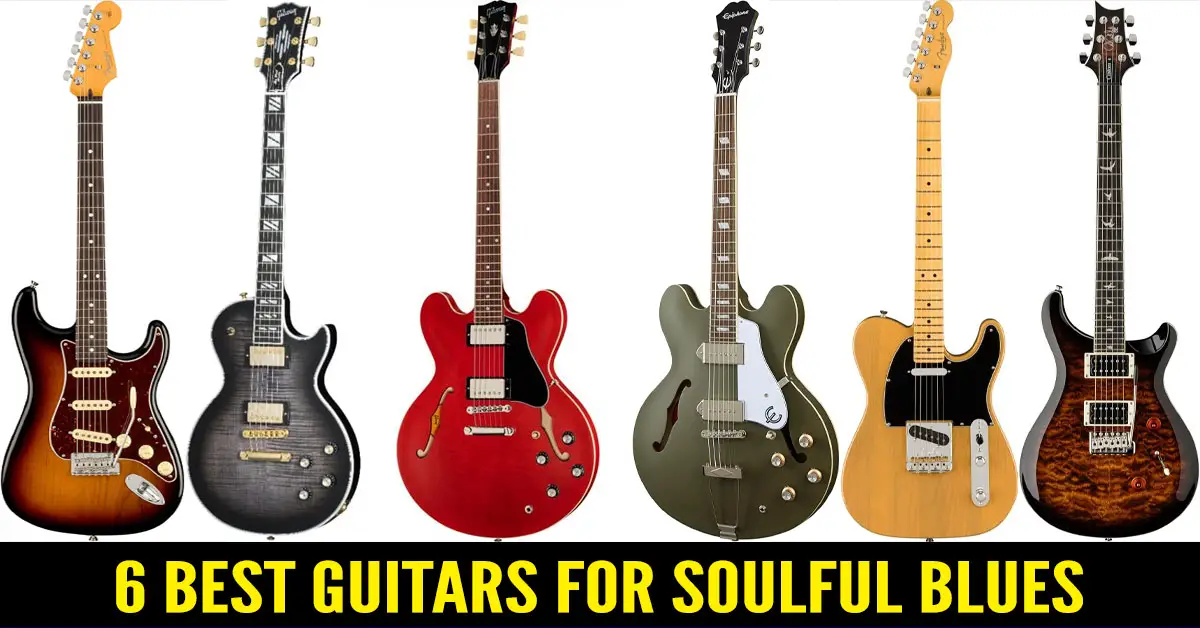
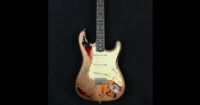





 More Info
More Info